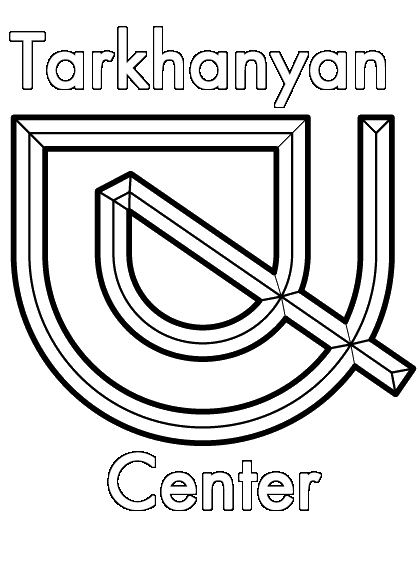The Early Years of Arthur Tarkhanyan: Family, Childhood, and School Days

Arthur Tarkhanyan was born on February 23, 1932, in Yerevan, but shortly after his birth, the family moved to Leninakan (now Gyumri), where he spent his childhood and youth. The Tarkhanyan family was respected in Leninakan: his father, Artavazd Tarkhanyan, was a famous surgeon described as having “golden hands,” and his mother, Hripsime Sarkisyan, served as the chief pediatrician of the city. Besides Arthur, the family included his younger brother, Gevork.

The family lived in a prestigious area of the city, locally called “Slobodka.” Their house, located at Engels Street 18 (now Ajemyan Street), had previously belonged to the city mayor. When the former mayor was exiled, the Tarkhanyans were allocated two rooms, while the Ghukasyan family settled in the other part of the house. The Ghukasyans also had two sons—Henrik and Hamazasp.
The house was surrounded by a beautiful garden with lilac, gooseberry, apple, and cherry trees. During the difficult war years, this garden became not only a place of rest but also a source of sustenance for the family. The children cared for the plants and helped the adults.
From an early age, Arthur showed outstanding abilities in art and technology. He attended art school, where he studied the basics of drawing and painting, and often wandered the old streets of Leninakan, making watercolor sketches of buildings and temples. His fascination with architecture was combined with a keen interest in radio engineering—following the example of his friend Kim Vardanyan, he assembled a tube radio receiver. Furthermore, he was passionate about cinema: at the time, projectionists sold cut-out frames from film strips, and children bought them for coppers. Arthur, being the ringleader, constructed something similar to a projector and showed these frames on the wall, setting up real screenings for his friends.
However, his childhood was not cloudless. During World War II, his father decided to go to the front as a military surgeon, as there was a shortage of doctors for the wounded in the city. After two years of service, he died on the front, which was a huge tragedy for the family. In the challenging post-war years, the burden of caring for the two sons fell entirely on Arthur’s mother. Despite the difficulties, she managed to give them a decent education and instill in them a desire for knowledge.
During his school years, Arthur stood out among his peers with his artistic and technical skills. Not only did he draw, but he was also keen on aero-modelling, dreaming of becoming an aircraft designer and planning airplanes. He even planned to enter the Moscow Aviation Institute, but his mother, unwilling to let her only son go so far, insisted that he stay in Armenia. As a result, he enrolled in the Radio Engineering Faculty of the Yerevan Polytechnic Institute. However, after two years, Arthur realized that this specialization did not bring him joy. During this period, fate brought him together with Henrik Ghukasyan—an architecture student—who persuaded him to try his hand at architecture. Inspired by the opportunity to combine art and science, Arthur transferred to the Faculty of Architecture, where his true creative career began.
The decision to dedicate himself to architecture proved to be fateful. Even during his studies, he demonstrated unconventional thinking, meticulously developing projects and paying special attention to the functionality and artistic appearance of buildings. These principles later became the foundation of his unique architectural style, which brought him worldwide fame.

Thus, Arthur Tarkhanyan’s early years were filled with creative exploration, a pursuit of knowledge, and his first serious trials. He didn’t immediately find his path, but thanks to perseverance, talent, and the support of his loved ones, he managed to make the choice that determined his destiny and left a significant mark on the history of architecture.
